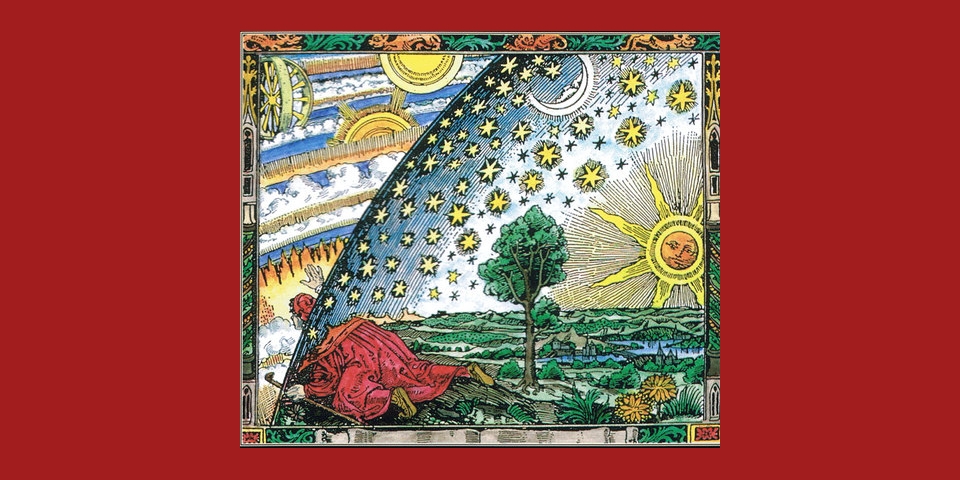

Of the term “art,” and the history of aesthetics is in part a graveyard for failed definitions. Numerous attempts have been made to justify this narrower application “art” in her Objectivist aesthetics writings. This is the usage Rand intends when she employs the term Literature, painting, sculpture, architecture, music, and dance. To refer to a special sub-category of human creation, frequently called “fine art” and usually taken to include It has also been used m ore narrowly, at least since the eighteenth century,

(PeikoffĪntiquity to refer to human creation in general. Is a re-creation of the universe from a personal perspective it offers man, in effect, a new reality to contemplate. General interpretation of Rand’s concept and definition of art.

Because of this, I offer further epistemologicalĪnd scholarly notes in support of my earlier arguments for music as a kind of microcosm and tool of cognition that fits my Of “art” because of its apparent inapplicability to music. Movement has challenged the status of music as a form of art, some have questioned the validity of Rand’s definition Although no one associated with the Objectivist The topic I discussed at length in the first issue of this journal (Bissell 1999). I will argue here that, whether or not Rand eventually changed her position, architecture is an aesthetic microcosmĪnd tool of cognition that re-creates reality and embodies fundamental abstractions and, thus, is art, by Rand’s concept The publication of Torres and Kamhi’s Whatĭiscussion, there has been a great deal of controversy as to whether architecture is compatible in its nature with Rand’sĬoncept and definition of art and, in fact, whether she actually remained steadfast in asserting that architecture is one I touch on an area I have not dealt with previously in print: the status of architecture as a form of art. These arguments are readily available in printĪnd on the Internet rather than recapitulating them here, I will instead assume them and offer a number of scholarly andĮpistemological points that further support them. I have argued elsewhere (Bissell 1997) that Rand’s view of art implies that an artwork,Īs an imaginary world, which amounts to a special kind of microcosm. Purpose of this essay is to clarify and apply Rand’s concept of art as “ a selective re-creation of reality according to an artist’s metaphysicalĬoncept and its definition. In a book of fiction the purpose is to create,įor myself, the kind of world I want and to live in it while I am creating it.


 0 kommentar(er)
0 kommentar(er)
